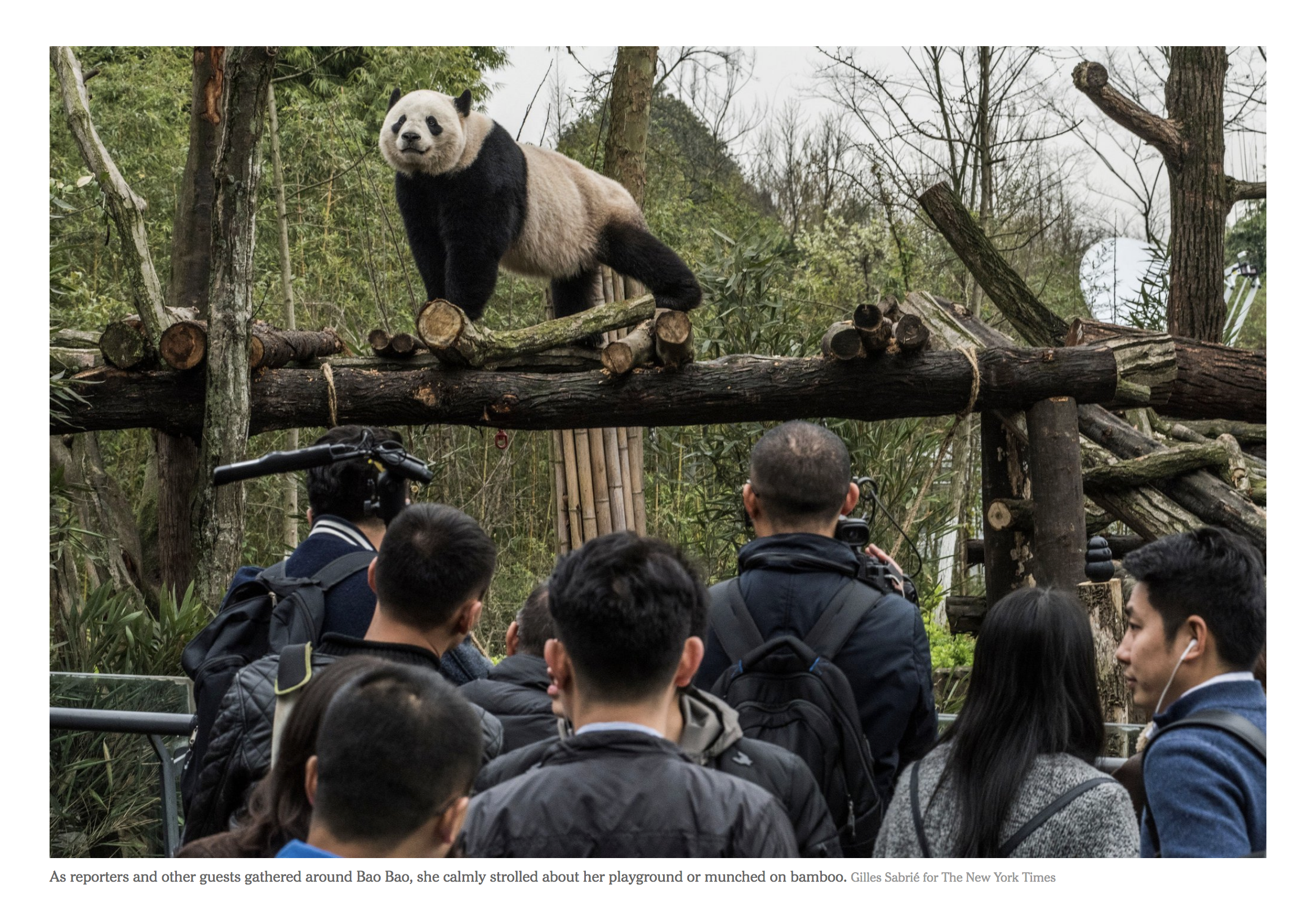angie & bebe: april 2017
Demonstrating: For me, there is no need to demonstrate the idea. What interests me is what happens when it’s absorbed.
The other day in the studio I found something new. I could tell. It moved differently, unevenly. I asked Angie to try it too. By now, dancing with Angie is thinking with Angie, about dancing. Angie and I have worked together as collaborating artists for 18 years. Trying something new, with Angie, assumes our collective histories, the hundreds of hours we’ve spent examining the what that transpires when dance happens. That day, the timing was unfamiliar, it was easy and hard at the same time. The rhythm of the action surprised us, one bit emerging out of nowhere next to something else. Each bit felt complete, they came fast, no judgment, just go, don’t interrupt, easy, fun, serious, deep. I watched her as she danced, she watched me, we traded on and off as we had done before but it was like sniffing out a new relevance, something important without yet understanding why. There was an internal rhythm. We danced in silence. We danced to the Commodores. We suspended funk, we gave in to it, we wondered what both of those choices meant. We tried to capture it; we mulled over that capture, our way of figuring out how it lived in the body. Ultimately what draws us onward is our love for what this field can do on a scale larger than our individual selves.
Our findings as we improvised:
Interstitial: the sense of improvisation as “inner,” the smoky space inside, as opposed to differently generated. Big gesture vs “full” gesture. Full: containing inner heat, operatic.
Inside and outside not coupled. Keep inner heat/ outer form separate. Sometimes a confluence that bursts through.
The play – the intentional quality – of efforts. Offsetting of the match between action and tone.
Holding back/ guiding away from reference while saying yes to a flow of physicality. Recognize resolution and/but make space for something else.
This boiled down/boiled up as the Trisha Score, named for a form that emerged between us at Smith, a few days after Trisha Brown died. We tried out the Trisha score to the Commodores’ Brick House in performance at the Bates Dance Festival in July 2017.
What follows are bits of our conversations that took place during the process of making The Making Room during the spring of 2017.
Bebe: We have a contextual something, and it’s our job to—and this is that "demonstrating" thing! I don’t want to demonstrate the context, I want to have it, be in it. Our attention is fully called to the present moment. And by human extension we are offering that value to others. How we draw the context for that, is that a responsibility of the form? And as much as I don’t want to demonstrate "us" (she’s in her 40s, I’m in my 60s, she’s white, I’m black), it is in the room, and less… Well, it’s just not of value. What’s apparent?
Angie: I was thinking that the context that a dance student/a professor/my mom might have, whoever might be watching us, what’s apparent obviously changes depending on their context. Those things that we have in our physicality, ways of being, approaches that dancers might recognize, that might be apparent right away.
Bebe: part of the thing we’re seeing is the ability of a sensing body, how it works to be attentive to the play that unfolds in front of them, to take on that challenge, take on that joy. There’s a true sense of they’re feeling their human self, their human animal.
There was a picture of a panda in the NY Times a few days ago. He’s posed on a rock, seeming to say, “Look, I am of myself! There was also an article about the giant sequoias. They’re thousands of years old and SO BIG!! and they’re just….there. We’re not sequoias or pandas but we share our humanity, and they share in our humanity.
Angie: That’s the thing I’m so hungry to share, our natural habitat, the way I see you. I’ve seen you in an 18-year performance, that’s what I want to share some part of. What set up would it take to share that?
Bebe: I’m flashing on Bill T. Jones/Nick Cave at Mass MoCA… Bill's constancy about drawing references to the fact that he’s a black man in this field. He cannot not do this. At the same time, it’s how he keeps on drawing these parallels around this ongoing situation is what I think his life’s work has been. In his work Story/Time (2012) the movement is in relationship to This Other Thing. It’s not only just how the elbows flow but in spite of something else the elbows flow.
Angie: In my early 20s I was seeing Streb’s work, this crazy Japanese guy [Poppo Shiriashi], Merce Cunningham…. What does all this stuff have in common? They look so different, but they’re asking the same question over and over again. You do as well: this idea of memory, capturing, culture in the body.
Bebe: Streb would say "I’m trying to fly I’m trying to fly I’m trying to fly. But I’m a person who is trying to fly, and I cannot fly, and I’ve encouraged and asked these other people to try to fly,"… and there they fall, again and again, with different ways of doing it. With Bill Forsythe, the Fly-Together-Don’t-Drop-Her-GoJump-Out-Of-His-Arm-Faster-Stop-Suddenly! With-Other-People-Behind-Doing-Something person [performance of Artifact by Boston Ballet, March 2017]… Yes, he has a visual picture but he is putting them, those people, out there.


